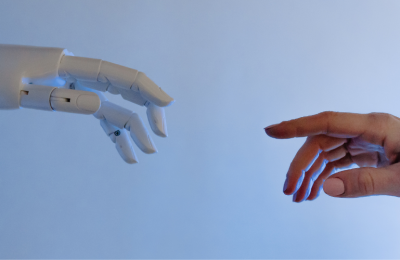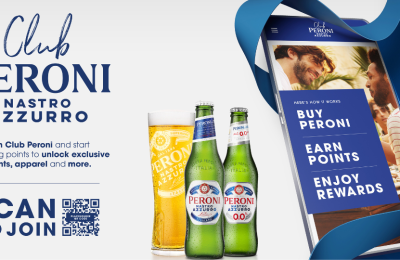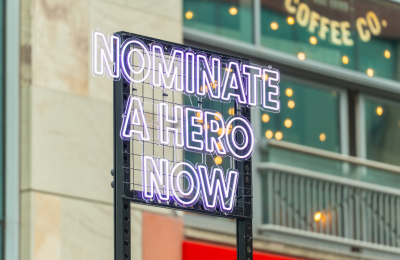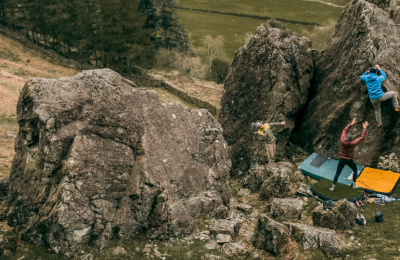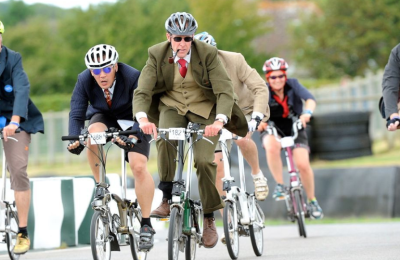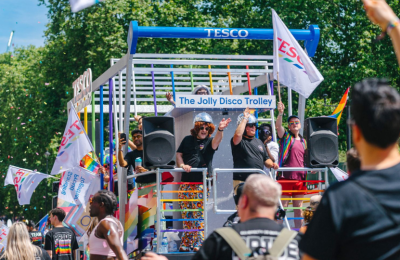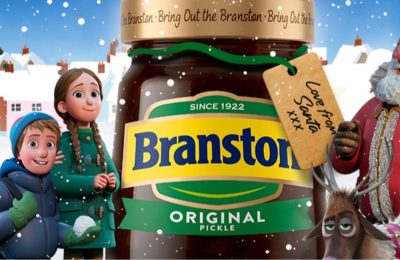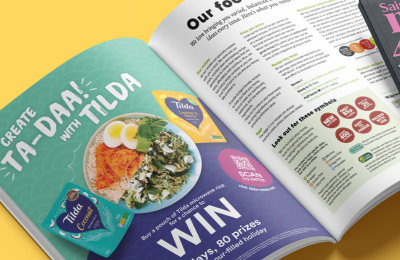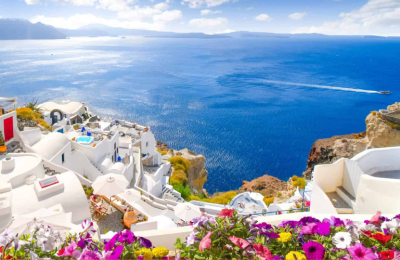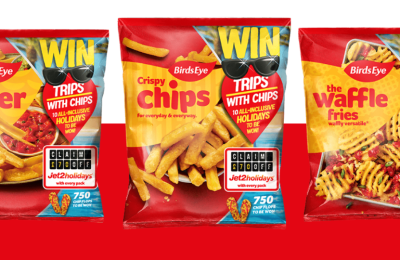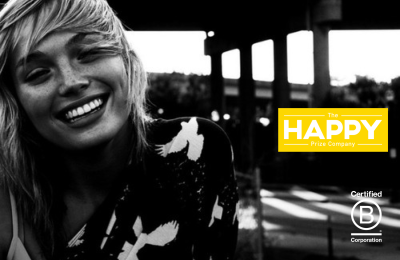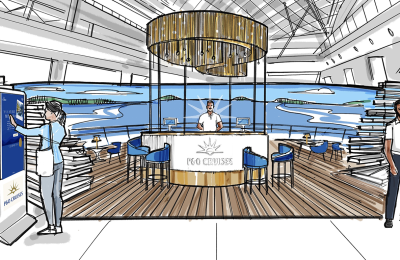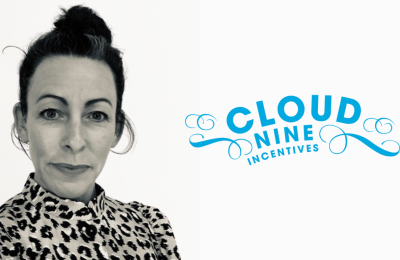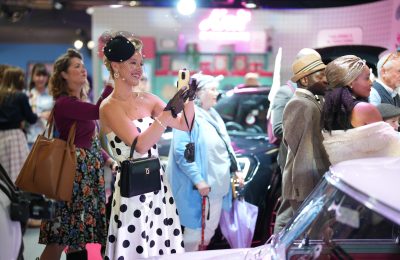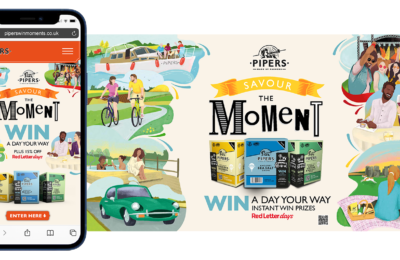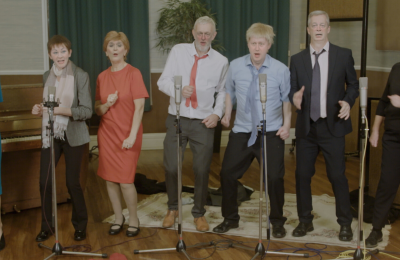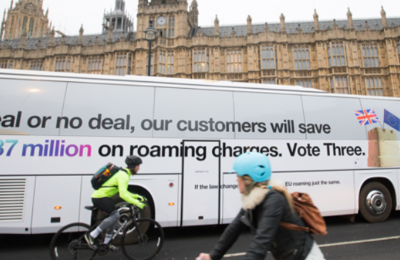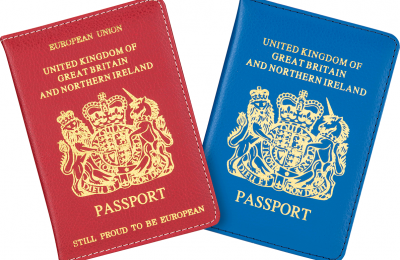Hamilton Sargent, Contentainment & WDFG Account Manager at Blackjack Promotions explains why great storytelling works so well in the airport retail environment.
Great marketing is all about telling stories that resonate with your target audience – and that’s why successful brands focus so much on their origin and history. Storytelling is not just a key vehicle for communicating brand values, but also for driving engagement.
Arguably, storytelling is even more important in the travel retail environment than it is in other spaces.
That’s because air passengers are in a uniquely heightened emotional state; some are stressed by the thought of flying with adrenaline and hormones running through their system, while just as many are in a holiday mood. If they’re waiting to fly off somewhere, whether it’s on business or for pleasure, then they want something to do before heading for the boarding gates, so they tend to browse the duty-free shops and other retail outlets. If they’ve just arrived, there is an element of relief at getting their feet back on the ground and escaping from the confines of the plane.
If you want air passengers to stop and pay attention to your brand and your product, then you need to invest some time and effort into creating a story that resonates with them, attracts them and stops them in their tracks.
What you should be doing is getting passengers into the realms of play, imagination and creativity, which is fundamental to building rapport, and appealing to their emotional side.
That’s why stories, particularly featuring characters, settings and themes from familiar tales, work so well in the airport retail environment.
Of course, many brands don’t need to plug in to fairy tales, films, books and the like in search of good content; they already have great origin tales they can build on. Some have been making a business out of stories for decades. Disney, for example, is brilliant at creating multi-generational engagement through its films and other properties. Then there are product and even service brands which can call on their own heritage – that’s particularly true of high end toiletries, cosmetics and perfumes, spirits brands and speciality food brands, but there are very few brands that don’t have great stories, if someone does some digging.
Even retail outlets can have their stories to tell about what the store is all about and what’s happening there that day… For stores, though, it is likely that the real impact will come from using brilliant themes and characters that come from a shared cultural heritage.
“We’re all mad here”
We recently ran an activation for World Duty Free, which was themed around Alice in Wonderland. When you use a mascot or a story like Alice in Wonderland, you’re reaching into the consumers’ creative mind and they become more receptive to your messaging, because of the familiarity of the scene and the characters – and even quotes.
Our Alice in Wonderland experiential activation was all about relaxing travellers and calming them down. It was also particularly effective with families – if you relax the children, you relax the parents. And don’t forget, the parents are the ones who are going to be spending.
It’s important, though, that you make an effort when you are using any kind of experiential brand storytelling. With Alice in Wonderland, World Duty Free became Wonderland, and all the language and the set up had to be true to the world of Lewis Carroll. The actors also had to be properly in character, and their actions and words had to be true to
the original creation, while still delivering key messages for the client. For example, Alice couldn’t be seen to be directly promoting anything – so she had attendants (other brand ambassadors) who handed out leaflets with offers.
Lights, camera, action
There also has to be a purpose to any experiential storytelling activity, beyond simply getting the attention of shoppers and passers-by. There has to be a strategic marketing justification for it, beyond just mobile window dressing, as it were. What does the retailer or brand want to achieve?
You also need to put effort into delivering the best possible experience for travellers, with high quality costumes, props and sets, and professional actors. It has to be a piece of theatre! So, for example, when we were casting for the Alice in Wonderland activation, we had potential actors come in for workshops to see which worked well together. It’s a proper production!
Alice is a great character, as are many of the other people and animals from Lewis Carroll’s books – and there is something fundamentally British about her. You only have to look at similar characters (with their supporting environments) like Paddington Bear or Peter Pan to envisage the potential.
Be careful, though – what resonates with a British audience may not work with an international one. You have to be obvious, not obscure.
World Duty Free has been using costumed characters for so long now that it has almost built up a generational loyalty — if you have families with kids who frequently fly, then often the kids will demand to stop off to see the mascots.
You also need to remember that travellers who engage with experiential activity are investing their time in you, and are not just there to be milked for cash. Build rapport through having non-sales related conversations that establish that both the shopper and the brand ambassador are people. The biggest secret to selling is to create a relationship with the customer first…
Blackjack Promotions is the leading staffing solutions, travel retail and experiential specialist, with operations in the UK & Ireland, and the Middle East. Everything it does is committed to connecting consumers with brand experiences that are exciting, engaging, immersive, and that ultimately provoke a real emotional response. Its core service offering falls under three headings: travel retail, experiential and logistics. It also works hand-in-hand with agency partners and media owners using its experiential expertise to bring brands and briefs to life.


